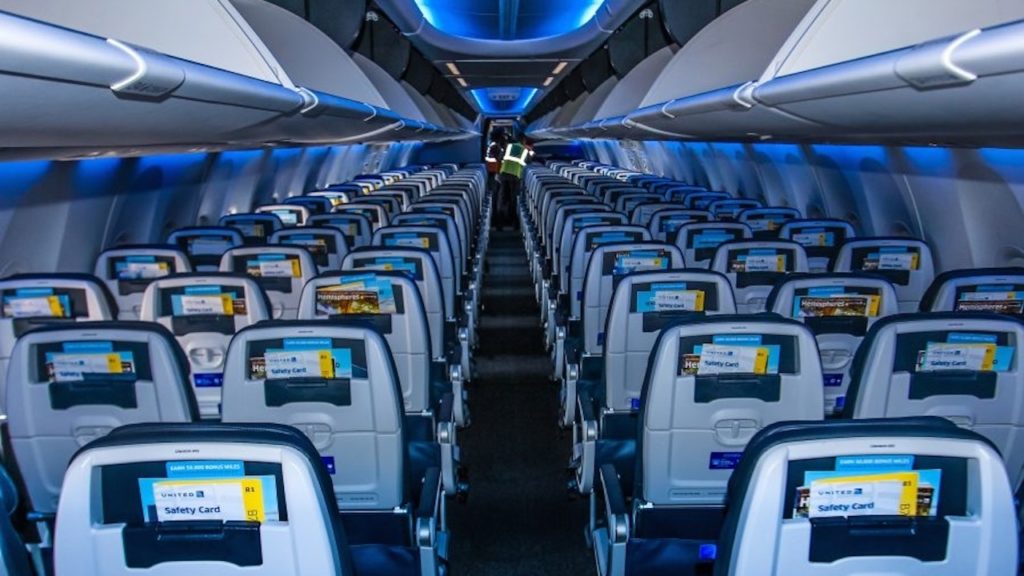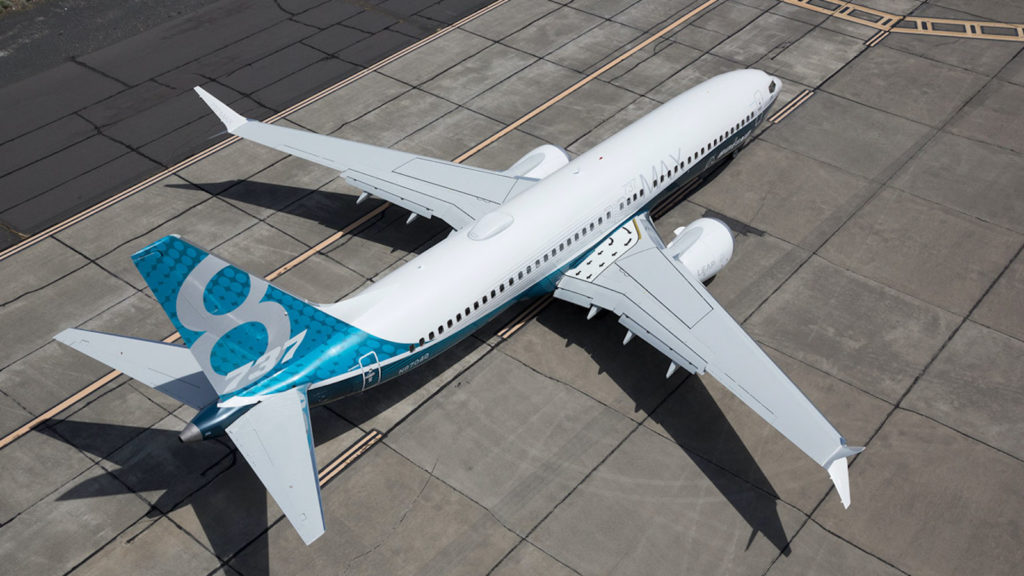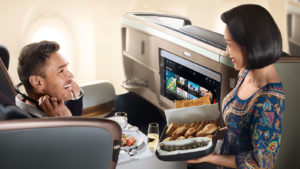Will passengers return to the Boeing 737 MAX?

What we'll be covering
This article originally appeared on AirlineGeeks. This is an opinion piece.
With certification steps entering into the final stages, the 737 MAX is expected to return to revenue service by year-end. The Federal Aviation Administration (FAA) recently conducted test flights with its engineers and pilots on board, a major step in the re-certification of the 737 MAX following its grounding after two fatal crashes.
While certification of any aircraft consists of an innumerable number of tests, analysis and proving compliance with regulations, the biggest test for the aircraft will be if passengers climb on board after certification.
But airline customers may not have a choice.
The 737 MAX is a state of the art aircraft in an old comfortable shell. Like a familiar pair of comfortable shoes with new soles and shoelaces. The 737, initially pressed into service in the 1960s, is well known to pilots, maintenance and airline managers. The design familiarity along with the improvements incorporated in the MAX models make the aircraft extremely attractive to the airlines.
The aircraft comes with promises of better fuel economy, increased reliability, lower maintenance costs, quiet and comfortable cabins, reduced external noise levels, and enhanced performance allowing the mid-size cabin aircraft to efficiently operate in airports under four different configurations of the MAX.
There are quite a bunch of carrots to dangle in front of airline managers tempting them to press the MAX into service quickly. Especially when you consider revenue streams may be thin due to fare sales and pandemic-driven load factor limitations to court passengers back.
Airline revenue streams for the next year or two are projected to be lower than pre-pandemic times. Lower load factors due to low consumer confidence related to COVID protection is expected to reduce load factors and fares for a period of time. These and other factors will pressure the airlines to put their most fuel-efficient and most reliable jets into service ahead of their more costly cousins in an effort to maximise yield.
To Fly the MAX or Not
For these reasons, airline customers may be faced with difficult decisions. Should I fly on the MAX or chose a different way to get to my destination?
Some will choose against the MAX but fortunately, history proves that humans have unusually short memories, especially when it involves travel inconveniences.

US Airways was a U.S. airline that suffered a string of unfortunate accidents in a short period of time in the 1990s. Passenger bookings plummeted for a while but once consumer confidence was restored, so did bookings.
Similarly, in the post 9/11 era, passengers avoided flying out of fear for terrorism, hijacking and weaponisation of aircraft. But again, passengers returned once consumer confidence was restored.
And there lies the biggest challenge facing airlines, how do they convince their customers it is safe to fly on the MAX?
It’s unlikely the airlines will take out full-page ads in major newspapers or spend millions of advertising dollars trying to convince their customers that the 737 MAX is safe to fly. That would just draw more attention to the reasons not to fly on them. But the airlines will most certainly tout the destinations, their schedules, their COVID-19 fighting procedures and the overall safety and convenience of flying, especially on their state-of-the-art aeroplanes like the A320neos, A350, 777X, 787 and the MAX.
Even the FAA is marketing the safety of the 737 MAX in its’ own way. The FAA is issuing regular press releases on the MAX and even its’ new administrator, Stephen Dickson, a former airline pilot and executive at Delta Air Lines, testified at a hearing with the Senate Committee on Commerce, Science, and Transportation recently that he will fly the aircraft himself and must be satisfied that he would put his family aboard without a second thought before the grounding order is lifted.
The 737 MAX will likely face a bit of apprehension from some passengers in the initial days of its return to the skies, but with over 380 already sitting on airport ramps and over 400 sitting on Boeing ramps waiting to be delivered, and another 4,000 yet to be built, they will most certainly be found at airline gates very soon.
* Featured image courtesy of Mateen Kontoravdis, AirlineGeeks.





Community